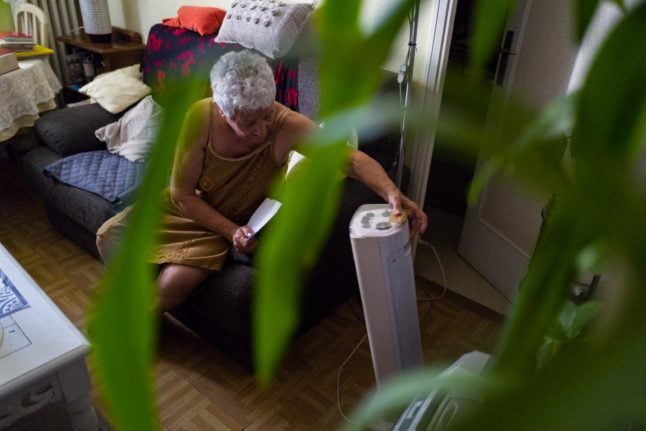Though this suggests a slight cooling in the Spanish property market, particularly compared to 2022, when prices rose by 7.4 percent, prices for both new build (7.5 percent) and second hand properties (3.6 percent) still increased year-on-year in 2023.
The 2022 increase was the highest annual price variation in over a decade.
READ ALSO: What will happen to property prices in Spain in 2024?
Experts say the gap between new and second-hand property price rises is evidence of internal tensions within the new build construction market, where supply is scarce.
“The obstacles surrounding this type of construction have a long way to go, not only because of inflation, which affects the cost of materials, production and logistics, but also because of the low production levels of new construction,” María Matos, director of research at Fotocasa, told Spanish outlet 20Minutos.
Though prices do seem to have moderated somewhat, the comparatively softer price rises in 2023 still occurred despite an overall fall in sales of 9.7 percent compared to 2022, and a significant 17.8 percent fall in new mortgages, INE data shows.
READ ALSO: How to change from a variable to a fixed mortgage in Spain
Interestingly, despite the overall fall in sales in percentage terms, 2023 was one of Spain’s best years for property sales since 2007, with 586,913 sales and the third best mortgage year since 2011 with 381,560 transactions signed.
Even though the Spanish economy has fared better than many of its European neighbours in getting a grip on inflation, the price rises come in spite of interest rates hikes in recent years and the lingering effects of inflation weakening spending power.
“The demand to buy housing continues to be very intense, despite the ten interest rate hikes and the consequent tightening of mortgages,” says Matos.
“With a strong intention to buy on the ground against the shortage of existing stock, which is becoming increasingly significant, there is an imbalance that pushes the price up.”
Around the country, house prices showed positive annual rate variations in all regions of Spain. INE data shows that the highest fourth-quarter price increases were in Andalusia (5.3 percent), Navarra (4.7 percent), the Canary Islands and Madrid (both 4.5 percent).
The lowest increases were in Castilla-La Mancha (2.1 percent), Extremadura (2.2 percent) and Galicia (3.4 percent).
With the 2023 rises, house prices have been rising uninterruptedly in Spain since the second-quarter of 2014, when the increases resumed after six entire years of decline following the bursting of the housing bubble in 2008.



 Please whitelist us to continue reading.
Please whitelist us to continue reading.
Member comments